May 24, 2025 | 10:20 GMT +7
May 24, 2025 | 10:20 GMT +7
Hotline: 0913.378.918
May 24, 2025 | 10:20 GMT +7
Hotline: 0913.378.918
According to the Department of Animal Health (DAH) under MARD, provinces that engage in lumpy skin disease vaccination on 80% of the total herd namely Son La, Thai Nguyen, Thanh Hoa… have been able to prevent the disease effectively.
Thanks to the vaccination, the number of epicenters in the area witnessed a plain drop from 30-60% or no more cases detected, the information was stressed by Tien at a conference on Prevent and combat lumpy skin disease in buffalo and cow on May 27.
“The disease has occurred for a long time but appears to be a new one in Vietnam and it infects among cows and buffaloes without affecting humans. According to DAH’s instruction, the rate of vaccination must reach 80%, however, some provinces have just focused on some epicenters,” Tien said.

Deputy Minister Phung Duc Tien praised a number of provinces, including Thanh Hoa, for taking the initiative and preparing scenarios to prevent and control the outbreak of lumpy skin disease on buffaloes and cows. Photo: Bao Thang.
He affirmed that the ministry is working with provincial authorities to conduct concurrent measures to prevent the epidemic including early tracking and zoning the epidemic spots, disinfection, disinfection spray vector to eliminate loose and other harmful parasites on the cattle... Strictly control the transportation and slaughter of buffaloes and cows in the locality, especially in border provinces.
However, the fastest and most effective way to prevent the disease must be vaccination.
The ministry has certified three kinds of vaccines from Jordan, Turkey, and Egyptian producers with around 4,12 million doses imported to Vietnam, covering over 50% of total herds of buffalo and cow in Vietnam.
Thanh Hoa was among the provinces incurring loss caused by the lumpy skin disease when it occurred in 314 communes, infecting 6,575 cattle, and 1,329 others died or were destroyed. However, the province is the leading one in vaccination.
An authority in Thanh Hoa said that the province led the country with 97% of vaccination against lumpy skin disease. Besides, it also strengthened promotion and demanded people not to slaughter infected cattle. Thanks to synchronized and positive measures, the province has controlled the situation.
The lumpy skin disease was first detected in Zambia in 1929 and then it spread across other continents. It is now considered a local disease in almost all African countries. Over the past 90 years, the human has developed many specific vaccines for the disease, ensuring complete prevention.
The vaccine is remarkably effective, with the price of only VND 35,000 per dose, which is only about 0.2% of the value of an adult buffalo or cow. However, in fact, in Vietnam, the vaccination rate for this disease is only 40%.
In some provinces with large herds of cattle including Son La, spending billions of dong to buy vaccines against the lumpy skin disease is a difficult problem.
The province's immediate solution is to give priority of vaccination to areas which are in difficulties and high infection rate. Provincial agricultural leaders said that the support level of VND45,000 per kilogram for culled cattle is still low, making it difficult to control the epidemic, especially when cattle are allowed on pasture.
In Vietnam, the lumpy skin disease was first detected in October 2020. By May 25, 2021, the disease has occurred in 2,306 communes of 32 provinces and cities, with a total of 60,176 cattle infected and 9,539 dead and destroyed.
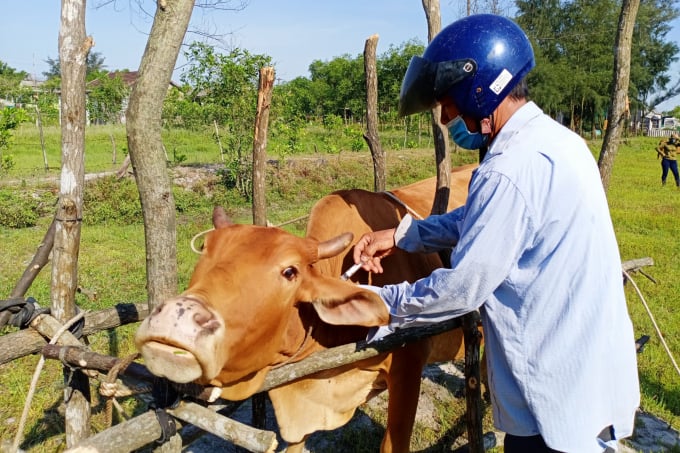
Vaccination is the fastest and most effective way to stamp out the outbreak of lumpy skin disease on cattle. Photo: TL.
Initially, the epidemic only appeared in the North, but when it spread to the Central region - where there are large herds of cattle gathers- the epidemic broke out in a series of provinces such as Ha Tinh, Quang Binh, Nghe An. Currently, there are 1,388 epidemic spots where the disease is detected in less than 21 days in 200 districts of 27 provinces and cities, with 48,465 infected cattle.
With the principle that prevention is better than cure, Deputy Director of the Department of Animal Health Nguyen Van Long said: “It is necessary to vaccinate buffaloes and cows as soon as possible. If there is enough money, it is possible to vaccinate calves from one month old."
Long also suggested that each province should be responsible for epidemic prevention and control, so as they can actively use the budget to support people.
While waiting for provinces to develop plans and biding for vaccines, some provinces like Son La, Ha Tinh... have actively socialized the vaccination. Instead of waiting for the provincial budget, the veterinary offices at commune and district levels actively cooperate with people to have vaccines for the cattle soon. The idea was hailed by the ministry to avoid the lumpy skin disease spreading widely.
Translated by Linh Linh
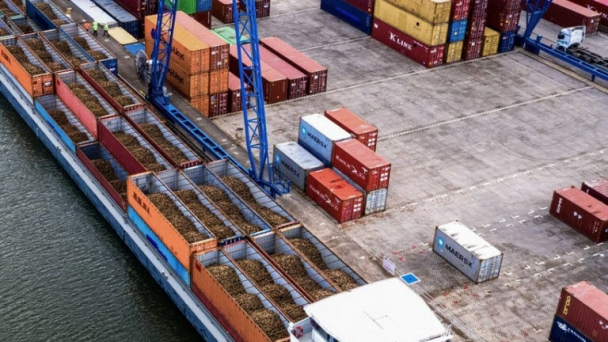
(VAN) The mutual export of agrifood products between the European Union (EU) and the United Kingdom (UK) must occur again without certification, border controls or other red tape. This was agreed at the UK-EU summit.
/2025/05/22/5121-2-173645_677.jpg)
(VAN) NBSAP Tracker identifies strengths and areas for improvement in the National Biodiversity Strategy, based on each region’s priorities and capacities.
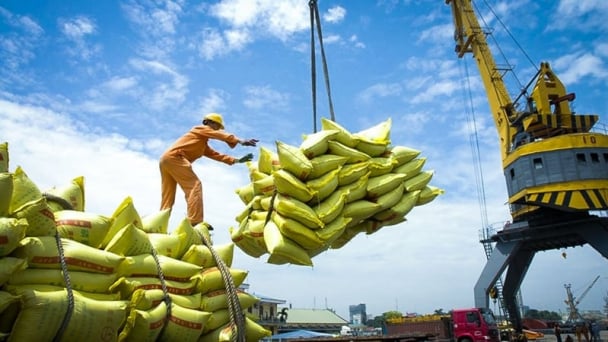
(VAN) The draft amendment to the Circular on rice export trading stipulates a periodic reporting regime for rice exporting enterprises.
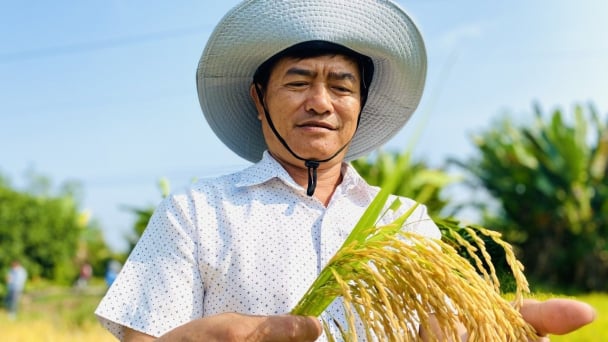
(VAN) Dong Thap farmers attained an average profit margin of 64% during the summer-autumn 2024 crop (first season), while An Giang and Kien Giang farmers followed with 56% and 54%, respectively.
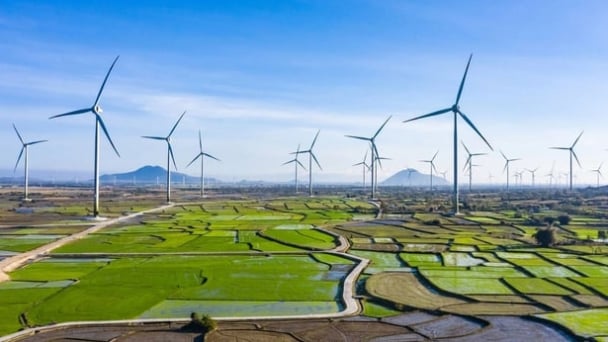
(VAN) As a doctoral student doing research on renewable energy and electrification at Harvard University, the author shares his musings on electricity, nature, and countryside memories.

(VAN) The decree on Extended Producer Responsibility (EPR) ensures transparent management and disbursement of support funds, avoiding the creation of a “give-and-take” mechanism.
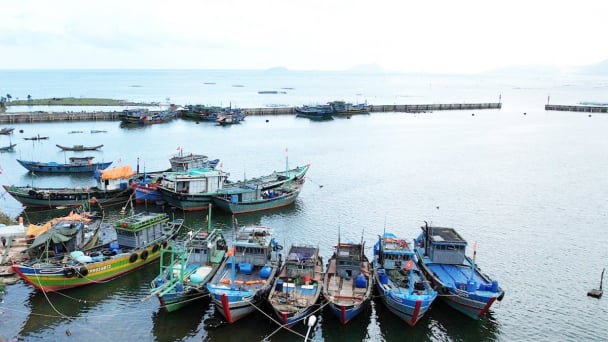
(VAN) Hue City rigorously enforces regulations regarding marine fishing and resource exploitation, with a particular emphasis on the monitoring of fishing vessels to prevent illegal, unreported, and unregulated (IUU) fishing.